Perfect Compitition And Imperfect Compition
Competition is very common and often times very aggressive in a free market place where a large number of buyers and sellers interact with one another. Economic theory describes a number of market competitive structures that takes into account the differences in the number of buyers, sellers, products sold, and prices charged. There are two extreme forms of market competitive conditions; namely, perfectly competitive and imperfectly competitive. The following article provides a clear overview of each type of market competitive structures and provides an explanation of how they are different to one another.
What is Perfect Competition?
Perfect competition is where the sellers within a market place do not have any distinct advantage over the other sellers since they sell a homogeneous product at similar prices. There are many buyers and sellers, and since the products are very similar in nature there is little competition as the buyer’s needs could be satisfied by the products sold by any seller in the market place. Since there are a large number of sellers each seller will have smaller market share, and it is impossible for one or few sellers to dominate in such a market structure.
Perfectly competitive market places also have very low barriers to entry; any seller can enter the market place and start selling the product. Prices are determined by the forces of demand and supply and, therefore, all sellers must conform to a similar price level. Any company that increases the price over competitors will lose market share since the buyer can easily switch to the competitor’s product.
What is Imperfect Competition?
Imperfect competition as the word suggests is a market structure in which the conditions for perfect competition are not satisfied. This refers to a number of extreme market conditions including monopoly, oligopoly, monopsony, oligopsony and monopolistic competition. Oligopoly refers to a market structure in which a small number of sellers compete with each other and offer a similar product to a large number of buyers. Since the products are so similar in nature, there is intense competition among market players, and high barriers to entry since most new firms may not have the capital, technology to startup.
A monopoly is where one firm will control the entire market place, and will hold 100% market share. The firm in a monopoly market will have control over the product, price, features, etc. Such firms usually hold a patented product, proprietary knowledge/technology or holds access to a single important resource. Monospsony is where there are many sellers in the market with just one buyer and oligopsony is where there are a large number of sellers and a small number of buyers. Monopolistic competition is where 2 firms within a market place sell differentiated products that cannot be used as substitutes to each other.
Perfect competition
A perfectly competitive market is a hypothetical market where competition is at its greatest possible level. Neo-classical economists argued that perfect competition would produce the best possible outcomes for consumers, and society.
Key Characteristics
Perfectly competitive markets exhibit the following characteristics:
There is perfect knowledge, with no information failure or time lags. Knowledge is freely available to all participants, which means that risk-taking is minimal and the role of the entrepreneur is limited.
There are no barriers to entry into or exit out of the market.
Firms produce homogeneous, identical, units of output that are not branded.
Each unit of input, such as units of labour, are also homogeneous.
No single firm can influence the market price, or market conditions. The single firm is said to be a price taker, taking its price from the whole industry.
There are a very large numbers of firms in the market.
There is no need for government regulation, except to make markets more competitive.
There are assumed to be no externalities, that is no external costs or benefits.
Firms can only make normal profits in the long run, but they can make abnormal profits in the short run.
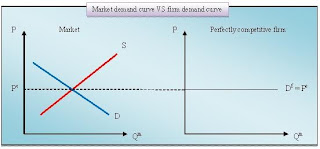
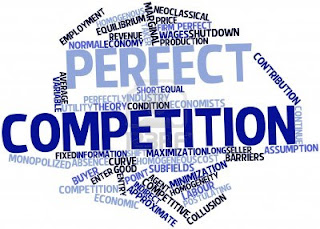
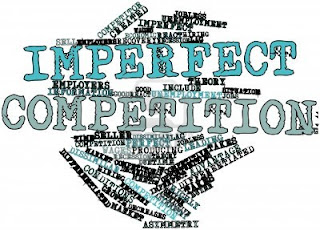
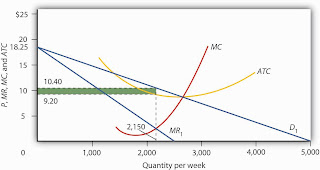
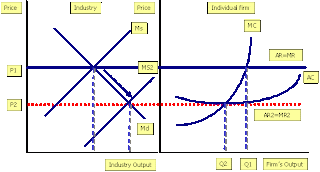




0 comments:
Post a Comment